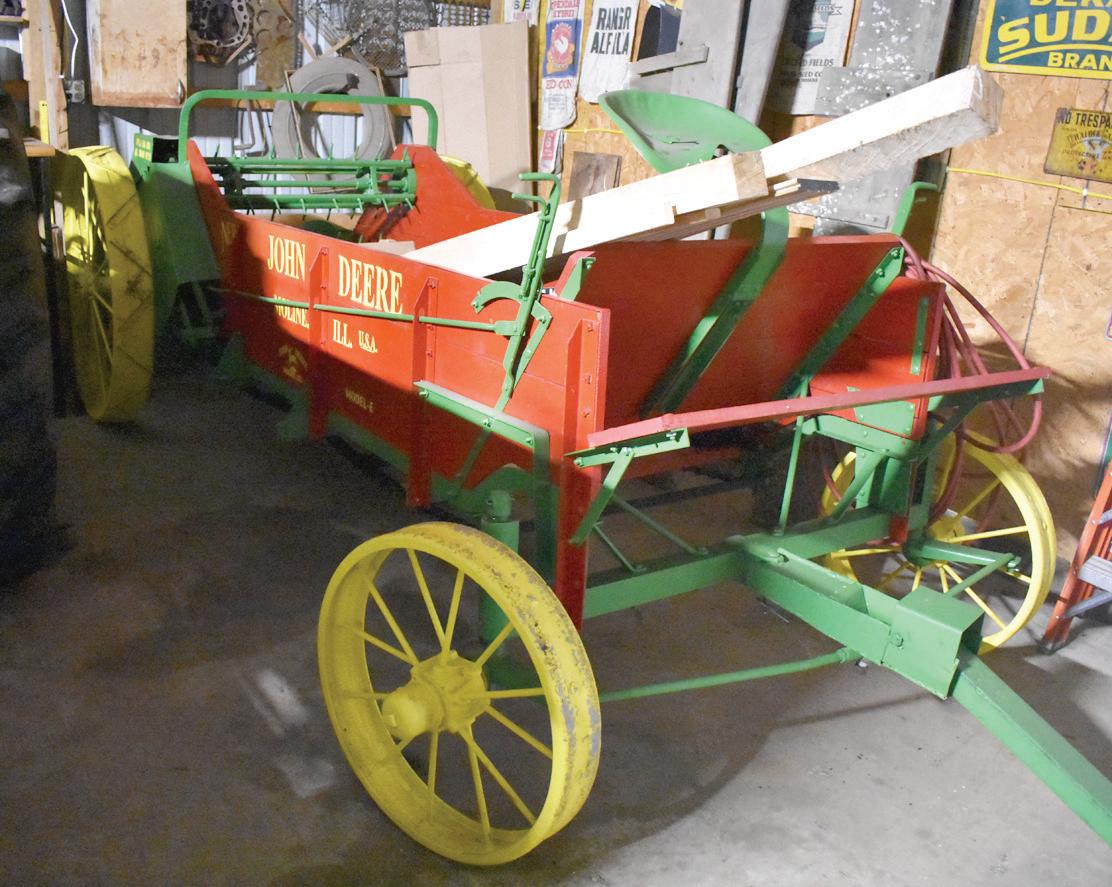
4 minute read
Rouch brings



Continued from page 14 spreader, this one from the 1930s, was brought back to working or-
Spring
Continued from page 11 der, complete with a new coat of red paint. Rouch is occasionally taken aback by the fact some of these implements are approaching 90 years old.
One auction in Pennsylvania had 40 bidders this past year.
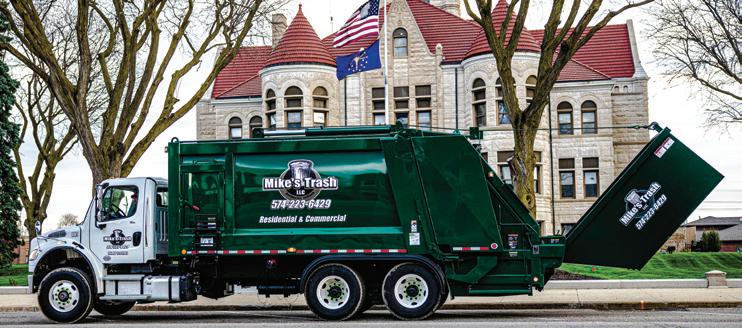
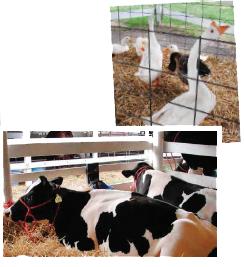
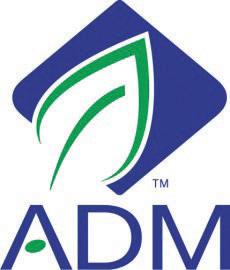
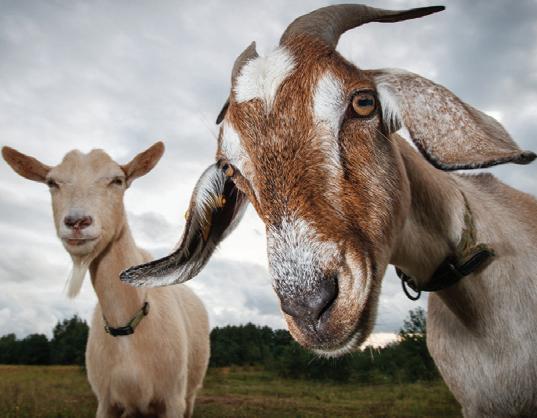
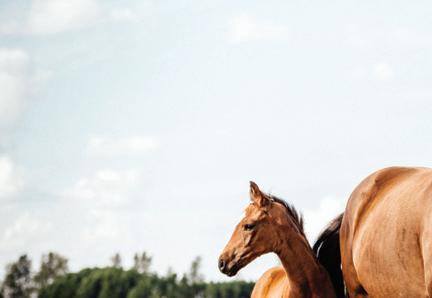

Input prices are now the main concern of farmers. Leading this list are fertilizer prices. The index Purdue Economist uses for inflation shows general economic inflation at 5.5%, while agriculture production costs increased at 12.5% this past year. The University of Illinois reported: Fertilizer costs for corn were $175 per acre using the Sept. 23, 2021, price and increased by $72 per acre to $247 per acre (a 41% increase) using Sept. 22, 2022, prices. Soybean costs increased from $85 per acre to $110 per acre, an increase of $25 per acre. Prices have decreased over the past several months but still are sustainably higher than in the past. Around 21% of the cost of growing corn is the fertilizer charge.
Around 40% of production cost is in the machinery needed to produce a crop. With the COVID shutdowns of many manufacturing plants in 2020, coupled with the lack of steel and computer chips, used equipment soared in price. This market is still red hot. Manufacturers have ramped up production but are still years behind as demand far exceeds supply. Today’s higher interest rates are having little effect on demand, with some farmers having cash and nowhere to invest. That means taxes are being paid on income that normally would have been reinvested in the same tax year.
If your child will be playing TBall, they do not need to attend assessments. Assessment times will be announced via RYBL social media: Facebook, Rochester Youth Baseball; Twitter, @RYBL46975. Opening night for Major, Pony and T-Ball will be Friday, May 5.
Questions should be directed to Kyle McLochlin, league president, (260) 415-5740; or Marcus Halterman, player agent, (574) 382-0259.
“I’m fixing up something from my childhood. I’m not worried about making money from these projects. The hours add up quickly. This work keeps me moving and thinking, and the memories come flooding back of working on the family farm.”
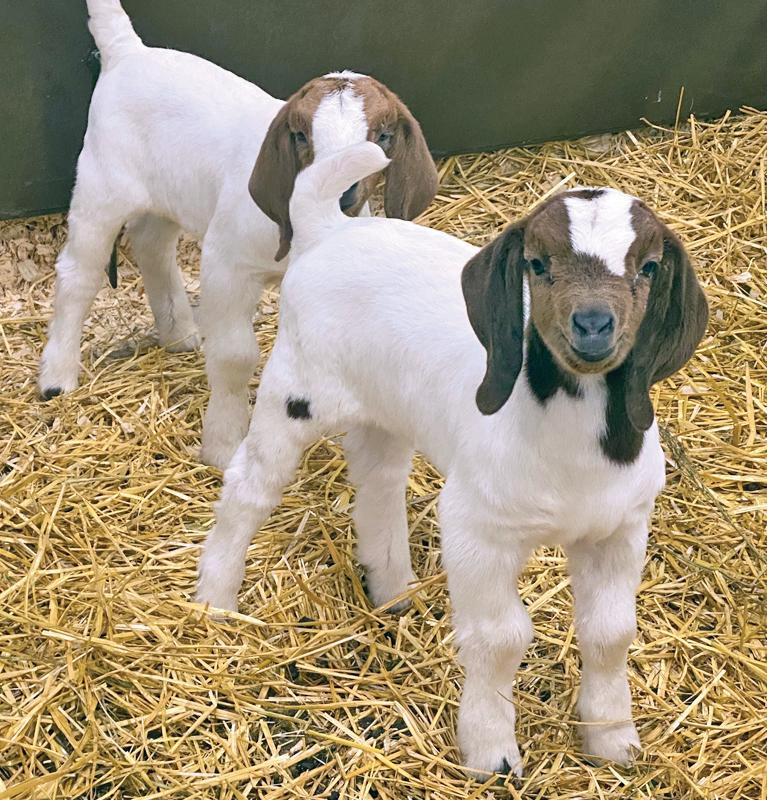
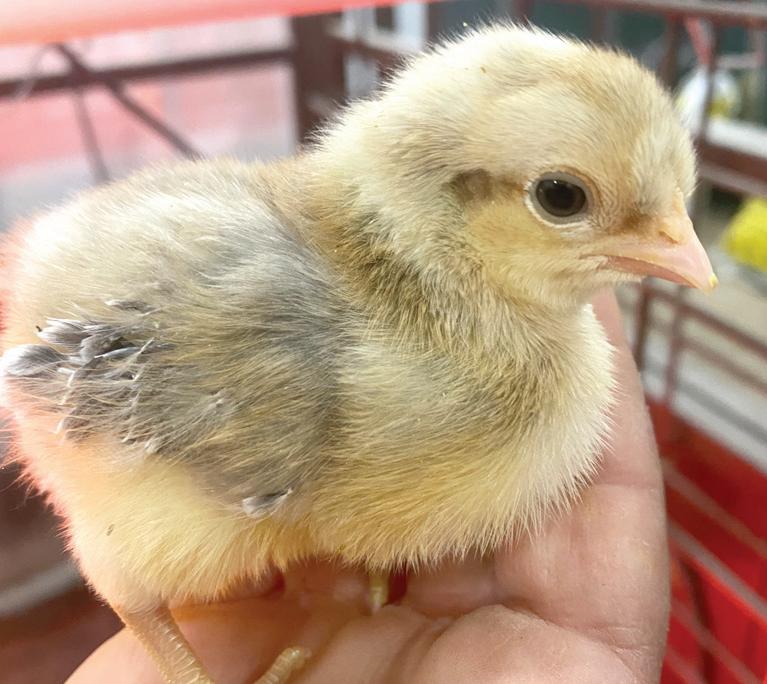
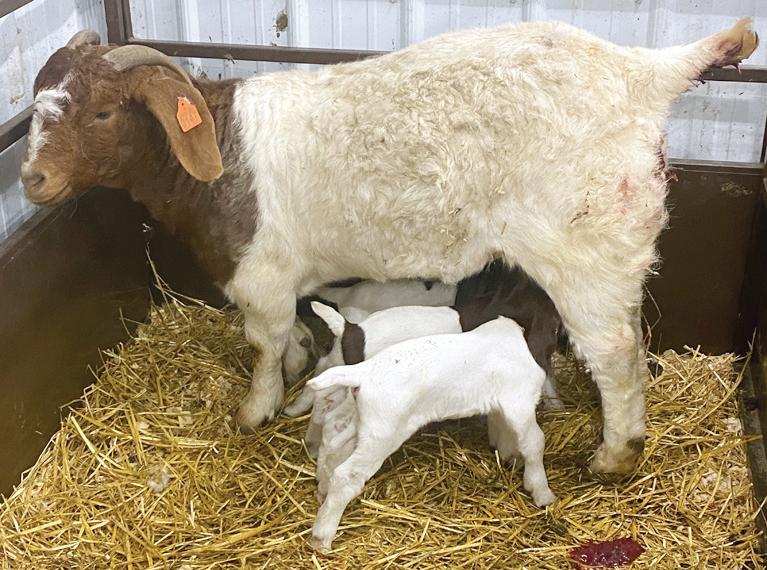
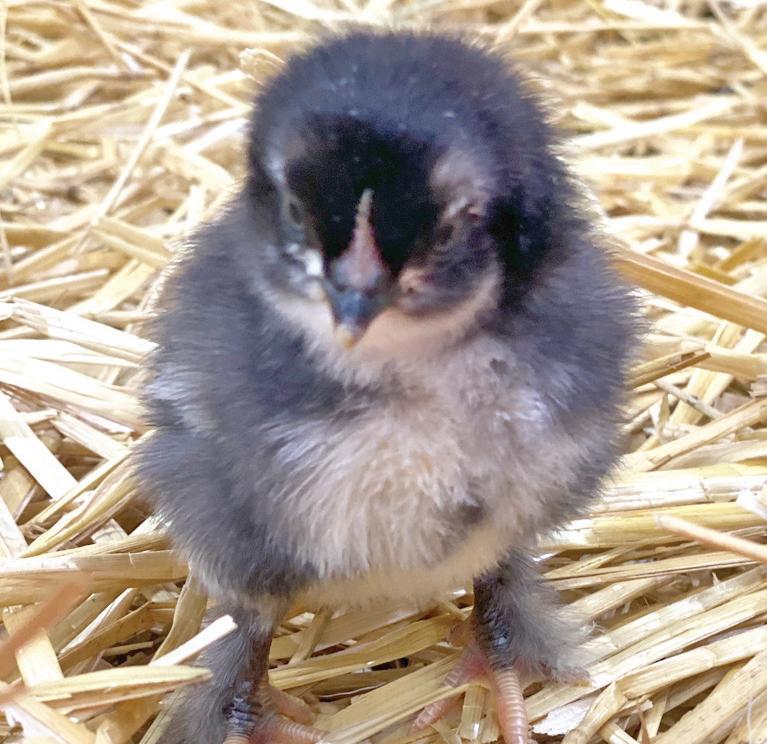



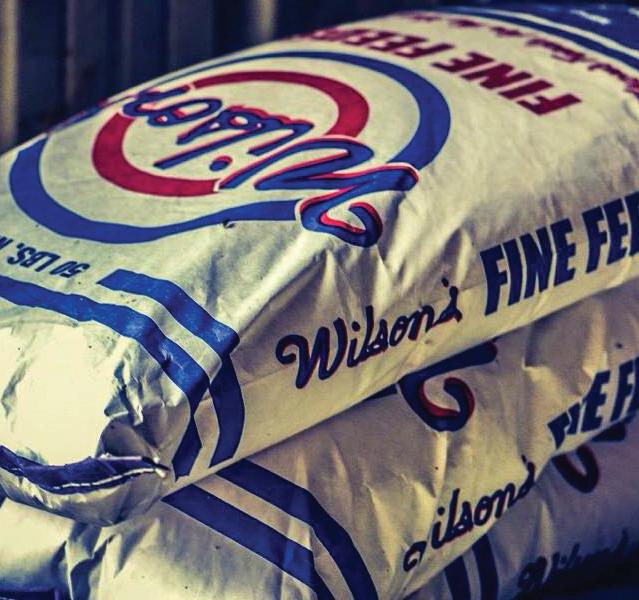





Fulton County REMC 1448 W. SR 14 Rochester, IN 46975

Office Hours:
Monday-Friday
7:30 a.m. to 4:30 p.m. Phone: (574) 223-3156 www.fultoncountyremc.com

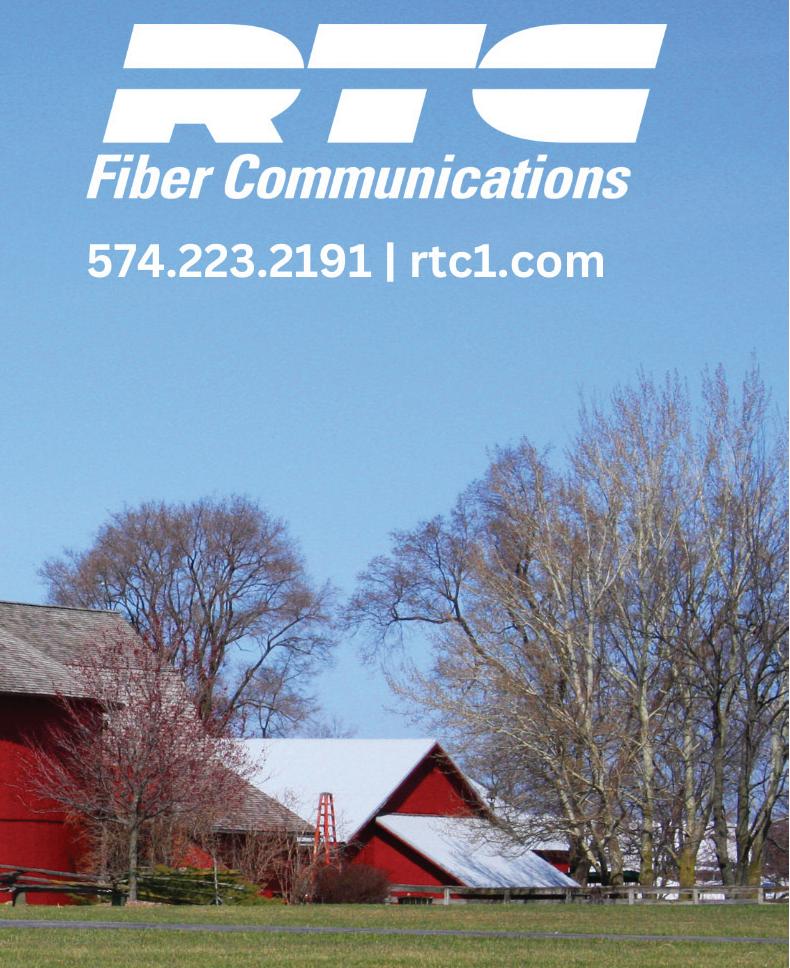

Take a gander
Continued from page 16 doelings and young males are bucklings. When a goat gives birth, it’s called kidding. Interestingly, this is why we call our human offspring “children” rather than “kids,” although sometimes we do refer to them as such, leaving others to question, “Are you kidding me?”
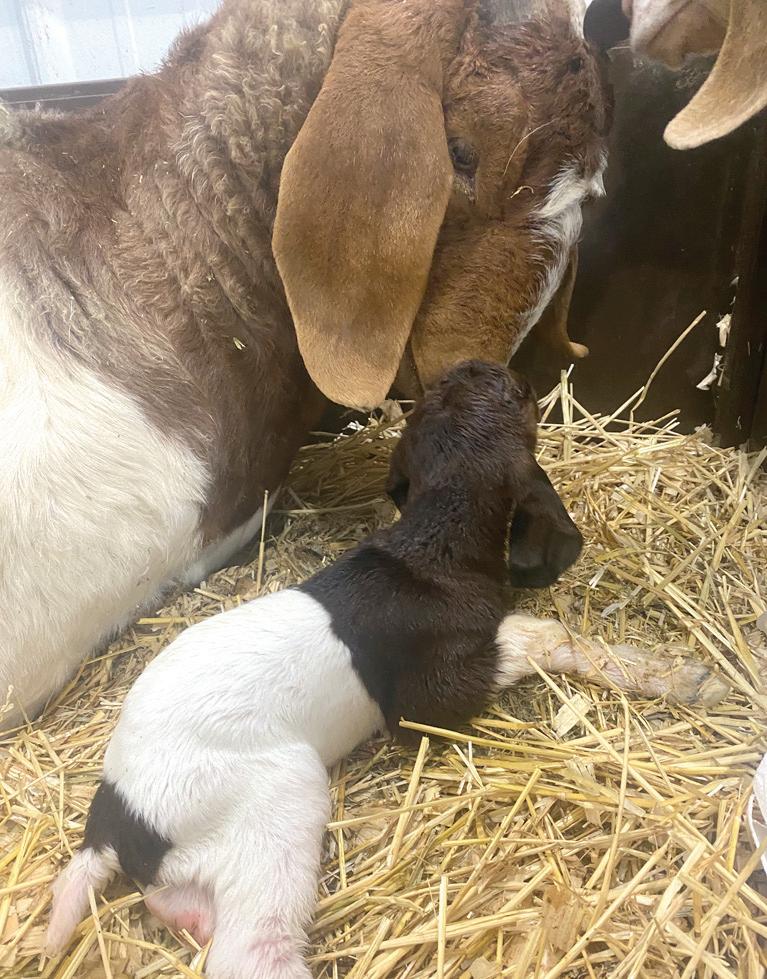
Moving on to sheep, a baby sheep is a lamb, regardless of sex. A female sheep is known as a ewe, and a male sheep is called a ram. When a sheep gives birth, it’s referred to as lambing.
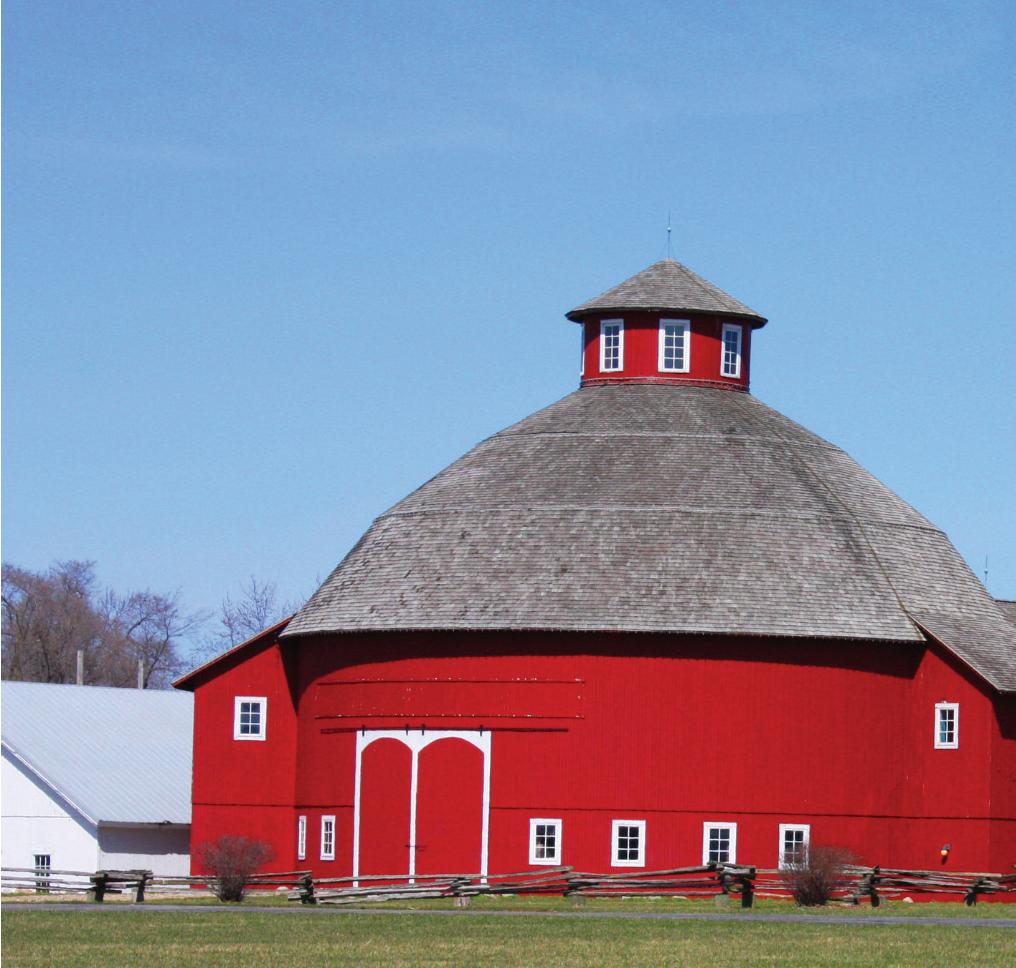
When it comes to pigs, a sow giving birth to a litter of piglets and raising them to weaning age is called farrowing. Young females are called gilts, and males are boars. It’s essential to avoid confusing the term “gilt” with the human notion of guilt. Confessing that you’ve been “feeling a lot of gilt” may cause concern for a therapist.
A young bovine of either sex of the beef or dairy variety is called a calf. A young female is a heifer, while a young male is a bull. When a cow gives birth, it’s referred to as calving. Interestingly, the lower leg muscle that we all have is also called a calf, despite having no resemblance to the animal. In fact, the etymology of this word remains unknown.
A young female chicken is called a pullet, while a young male is a cockerel. A newly hatched bird is known as a chick. You don’t have to look too hard for a pun here, so I’ll leave it to the imagination.
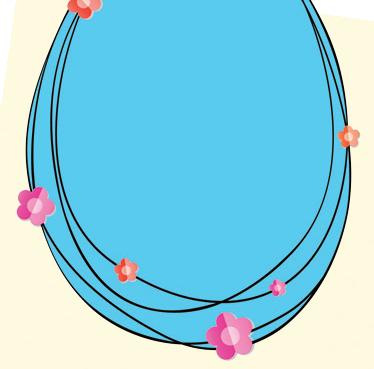
Turkeys also have unique names for their offspring. A young turkey is a poult. A male poult is a jake, while a female is a jenny. A young duck is called a duckling, and a young goose is a gosling. A young male duckling is a drake, and a female is a duck. Similarly, a young male gosling is called a gander, while a female is a goose. When someone asks me to “Take a gander over there!” I’ll make sure
We
Spring into SmartHub!
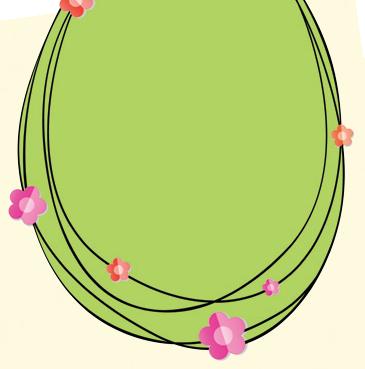
SmartHub is a mobile and web application that allows you to manage your REMC accounts, monitor and analyze your electric usage, and make payments in a secure environment.
(E-Bill users may login to SmartHub using your existing username and password.) You can download SmartHub on your smart phone or tablet and get started today!
~Making A Better Tomorrow Since 1936~ to start looking for my goose.
When a mother horse, called a mare, gives birth, it’s called fowling. A young male horse is a colt, and a young female is a filly. It’s quite amusing how the word “foul” is often used in baseball games, and we hear phrases like, “The Phillies have been hitting fouls all night!” Sure would make for an interesting baseball game.
Finally, let’s not forget about rabbits. The birth process in rabbits is known as kindling, and all newborn baby rabbits are called kits. A male rabbit is called a buck, while a female is a doe.

Next time someone asks me to gather kindling to start a fire, I’ll ensure them, “Rabbits are known for their copious amounts of copulation in the spring, but, I don’t think it’s enough friction to start a fire.”
It’s fascinating how many animal terms have found their way into our common vernacular, and these names indeed make life perplexingly coincidental.










